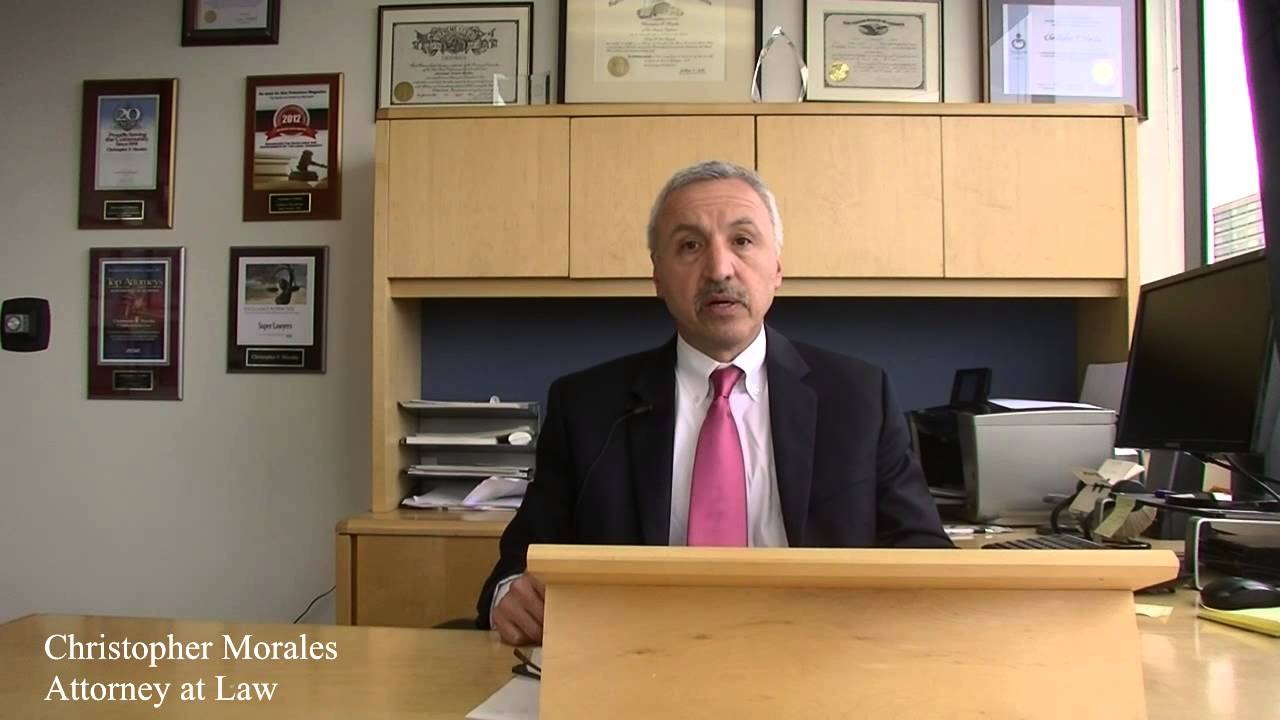What Evidence Is Needed To Convict A Hit And Run?
What evidence is needed to convict a hit and run? A hit-and-run is a serious crime that can result in severe consequences for the person responsible. To prosecute someone for a hit-and-run, the prosecution must prove that the defendant was involved in an accident and left the scene without stopping to render aid or exchange information with the other party involved.
Author:K. N.Feb 07, 202396.1K Shares1.8M Views

What evidence is needed to convict a hit and run?A hit-and-run is a serious crime that can result in severe consequences for the person responsible. To prosecute someone for a hit and run, the prosecution must prove that the defendant was involved in an accident and left the scene without stopping to render aid or exchange information with the other party involved.
Eyewitness Testimony
Eyewitness testimony can be a valuable piece of evidence in a hit and run case. Eyewitnesses can provide information about the events leading up to the accident, the accident itself, and the actions of the driver after the accident. They can also identify the vehicle and the driver, which can be important in establishing the defendant's identity and involvement in the crime.
Physical Evidence
Physical evidence can also be used to convict a hit and run driver. This can include debris from the accident scene, paint transfers from the defendant's vehicle onto the victim's vehicle, or other physical damage to the defendant's vehicle. Physical evidence can provide crucial information about the details of the accident and the defendant's actions at the scene.
Surveillance Footage
Surveillance footage from cameras near the accident scene can be used to gather evidence for a hit-and-run case. This footage can provide important information about the events leading up to the accident, the accident itself, and the actions of the driver after the accident. In some cases, the footage may also capture the license plate of the defendant's vehicle, making it easier to identify the driver and their vehicle.
Vehicle Tracking Devices
Modern vehicles often have tracking devices installed, which can be used to gather evidence in a hit-and-run case. These devices can provide information about the location of the vehicle at the time of the accident and its movements after the accident. This information can be used to determine the defendant's involvement in the crime and their actions after the accident.
Know The Rule Of Hit And Run

The Law of Hit & Run
The film shows Chris Morales, a San Francisco, California-based criminal defense attorney. He is a board-certified criminal law specialist. In the video, Attorney Morales outlines a regular crime and occurrence.
It is against the law to leave the scene of an accident without exchanging information with the other motorist. The legislation is extremely stringent in this state, so if you are involved in any sort of collision, fender bender, or tiny scrape, you must stop and exchange information with the other car.
According to Morales:
“„If you hit a car accidentally that is parked and the driver is not around you are obligated by law to leave your contact information and if you have it your car registration and you insurance information with that vehicle or track that person down the owner of that vehicle and give that to them. If you do not do this you are charged with vehicle code section hit and run and you will be arrested and go to court.- Chris Morales, a criminal defense attorney
Hit And Run Laws And Penalties
Hit-and-run laws, also known as "leaving the scene" laws, dictate the responsibilities of drivers involved in an accident. The laws vary by state, but generally require drivers to stop at the scene of an accident, exchange information with the other driver, and report the accident to the police. In the case of a hit-and-run, the driver leaves the scene without stopping, exchanging information, or reporting the accident.
This can result in criminal charges and penalties. The penalties for a hit-and-run can range from fines and jail time to license suspension and insurance consequences.
The specific penalties will depend on the state's laws and the details of the accident. In some states, the penalties will be more severe if the accident resulted in property damage, injury, or death. Hit-and-run charges can result in either a misdemeanor or a felony, depending on the state's laws and the details of the accident.
A hit and run resulting in property damage is typically a misdemeanor, while a hit and run involving injury or death is usually a felony. In addition to criminal penalties, a hit-and-run can also result in civil liability. This means that the driver can be sued by the other parties involved in the accident for damages, such as medical expenses or property damage.
The hit-and-run laws require drivers to stop and take responsibility in the case of an accident. Failure to do so can result in criminal charges and penalties, including fines, jail time, license suspension, and civil liability. The specific laws and penalties will vary by state and the details of the accident.
People Also Ask
What Type Of Evidence Is Needed To Convict A Hit And Run?
Physical evidence, such as debris from the scene or paint transfers, eyewitness testimony, surveillance footage, and vehicle tracking devices can all be used as evidence to convict a hit and run driver.
Can Eyewitness Testimony Be Used As Evidence In A Hit And Run Case?
Yes, eyewitness testimony can be used as evidence in a hit and run case. Eyewitnesses can provide important information about the events leading up to the accident, the accident itself, and the actions of the driver after the accident.
Can Surveillance Footage Be Used As Evidence In A Hit And Run Case?
Yes, surveillance footage from cameras near the accident scene can be used as evidence in a hit and run case. This footage can provide important information about the events leading up to the accident, the accident itself, and the actions of the driver after the accident.
Are Vehicle Tracking Devices Useful In A Hit And Run Case?
Yes, vehicle tracking devices can be useful in a hit and run case. These devices can provide information about the location of the vehicle at the time of the accident and its movements after the accident, which can help determine the driver's involvement in the crime.
What Is The Difference Between A Hit And Run Resulting In Property Damage And One Resulting In Injury Or Death?
The difference between a hit and run resulting in property damage and one resulting in injury or death is the severity of the charges and penalties. A hit and run resulting in property damage is typically a misdemeanor, while a hit and run involving injury or death is usually a felony with more severe penalties.
Final Words
What evidence is needed to convict a hit and run? A combination of eyewitness testimony, physical evidence, surveillance footage, and vehicle tracking devices can be used to convict a hit-and-run driver. The specific evidence used in each case will depend on the details of the accident and the available evidence.
To secure a conviction, the prosecution must prove that the defendant was involved in the accident and left the scene without stopping to render aid or exchange information with the other party involved.

K. N.
Author
Latest Articles
Popular Articles
